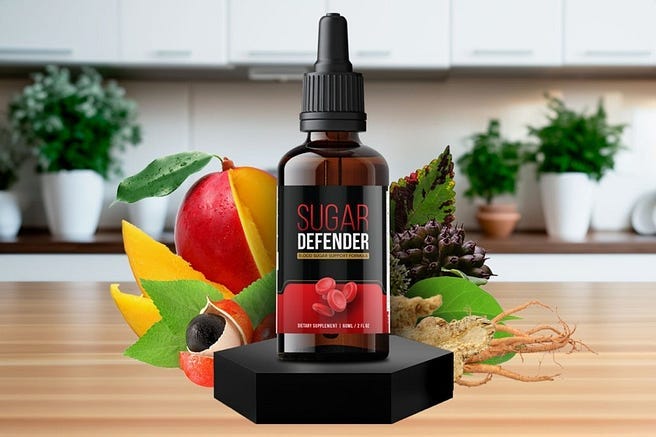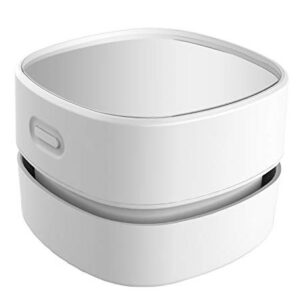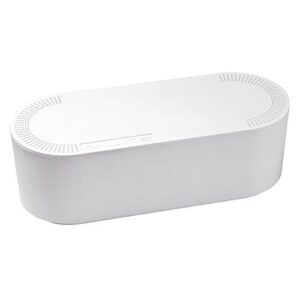Introduction
Surgery is a major procedure that involves making incisions on the skin and other tissues. To help the wounds heal, surgeons often use stitches or staples to close the incisions and prevent bleeding and infection. However, stitches can also cause some side effects, such as itching, swelling, and pain, especially during the inflammation stage of wound healing. Itching can be annoying and tempting to scratch, but doing so can damage the stitches and delay the healing process. Therefore, it is important to know how to care for your stitches and prevent itching after surgery.
Why Stitches Get Itchy

Itching is a natural response to wound healing, as the body tries to repair the damaged tissues and restore normal function. Itching occurs due to various biological factors, such as:
– Histamine release
– Cytokine release
– Nerve regeneration
How to Manage Itching

Itching can be uncomfortable and frustrating, but there are some ways to manage it and relieve the symptoms, such as:
– Applying cold compresses
– Using topical creams
– Taking oral antihistamines
– Avoiding scratching
How to Care for Your Stitches
Proper wound care is essential for preventing complications and promoting healing after surgery. To care for your stitches, follow these tips:
– Follow your doctor’s instructions
– Keep the wound clean and dry
– Use sterile dressings
– Monitor the wound for signs of infection
Additional Information:
During the wound healing process, it’s essential to monitor the progress of your stitches and pay attention to any changes or abnormalities. Here are some additional tips and information to consider:
1. Avoiding Excessive Moisture:
While keeping the wound clean and dry is important, it’s also essential to avoid excessive moisture, as it can interfere with the healing process. Excess moisture can create an ideal environment for bacteria to thrive, increasing the risk of infection. To prevent excessive moisture, avoid covering the wound with airtight or occlusive dressings for extended periods. Instead, use breathable dressings that allow air circulation while still providing protection.
2. Understanding Scar Formation:
After the stitches are removed and the wound has healed, it’s common for a scar to form. Scarring is a natural part of the healing process and occurs when the body produces collagen to repair the damaged tissue. While some scars may fade over time, others may be more prominent and visible. Factors such as the size and depth of the wound, genetics, and skin type can influence the appearance of scars. To minimize scarring, keep the wound clean and moisturized during the healing process, and protect it from sun exposure once it has healed.
3. Recognizing Signs of Complications:
While most surgical wounds heal without complications, it’s essential to be aware of potential signs of infection or other issues that may require medical attention. Some common signs of complications include:
– Increased pain, redness, or swelling around the wound
– Pus or discharge from the wound
– Fever or chills
– Foul odor coming from the wound
– Delayed wound healing
If you experience any of these symptoms, contact your doctor immediately for further evaluation and treatment.
4. Incorporating Healthy Lifestyle Habits:
In addition to proper wound care, maintaining a healthy lifestyle can also support the healing process and promote overall well-being. Eat a balanced diet rich in vitamins, minerals, and antioxidants to provide your body with the nutrients it needs to heal. Stay hydrated by drinking plenty of water, and avoid smoking, as it can impair circulation and slow down the healing process. Get plenty of rest and avoid strenuous activities that may strain or reopen the wound.
5. Following Up with Your Healthcare Provider:
After your stitches are removed and the wound has healed, it’s important to follow up with your healthcare provider for a final evaluation. Your doctor can assess the healing progress, address any concerns or questions you may have, and provide recommendations for scar management, if necessary. Regular follow-up appointments can help ensure that your wound has healed properly and reduce the risk of complications.
By following these additional tips and staying vigilant throughout the healing process, you can help ensure optimal outcomes and promote a smooth recovery after surgery.
Conclusion
Stitches are a common way of closing incisions after surgery, but they can also cause itching and discomfort during the healing process. Itching is a natural response to wound healing, as the body tries to repair the damaged tissues and restore normal function. Itching occurs due to various biological factors, such as histamine release, cytokine release, and nerve regeneration. To manage itching, a person can use cold compresses, topical creams, oral antihistamines, and avoid scratching. To care for the stitches, a person should follow the doctor’s instructions, keep the wound clean and dry, use sterile dressings, and monitor the wound for signs of infection. Proper wound care and itching relief can help prevent complications and promote healing after surgery.







